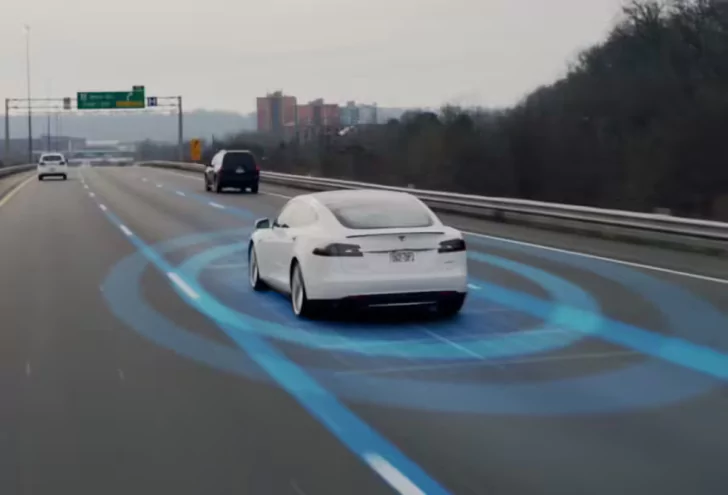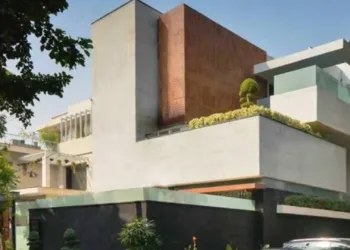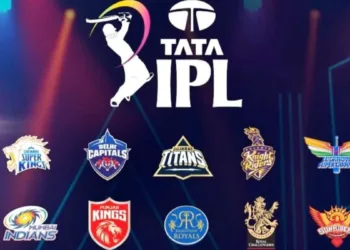By allowing everyone in North America to use the Full Self-Driving (FSD) capacity of its Autopilot system, Tesla is finally making a huge splash in the realm of autonomous driving. But along with this move comes an insatiable appetite for chips, which Tesla is now aiming to sate by not only working with TSMC but also forming its own joint venture (JV) with a semiconductor concentration in China.
A few days ago, the Chinese website IJiWei announced that Tesla had formed a JV with Annex, a Swiss manufacturer of automotive semiconductors. The joint venture has a registered capital of $150 million, of which Annex owns a stake worth 55%, Jinan Zurich Annex Equity Investment Fund Partnership 40%, and Tesla owns the remaining 5%. Remember that Annex was purchased by the Jinan Zurich fund for $5 billion back in June 2022.
Meanwhile, TSMC has apparently received a sizable chip order from Tesla. According to reports, the deal will make Tesla one of TSMC’s top 7 clients next year. The chips will be produced on the 4/5 nm nodes of TSMC.
Recall that Samsung was in charge of producing the FSD 3.0 chips for Tesla using their 14nm architecture. However, according to information from DigiTimes, Tesla is now reportedly shifting away from Samsung and toward TSMC.
With great hoopla, Tesla recently unveiled the vision-based version of its Autopilot. The idea behind this is that the Autopilot would mirror how people make decisions while driving thanks to eight high-resolution cameras and a sophisticated neural network to understand the visual clues.
Tesla introduced the 7nm-based D1 processor last year to power its internal Dojo supercomputer, which the firm uses to feed visual clips taken by millions of electric vehicles already on the road to train its Autopilot neural network. At the most recent Chips 34 conference, the EV business made a significant number of Dojo supercomputer details public. In 2023, Tesla intends to construct its first Dojo exapod. To hasten the training of its Autopilot neural network, the business intends to construct a total of 7 such exapods.
Also Read:








